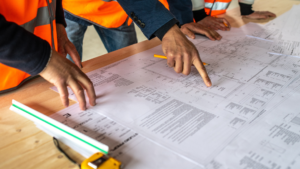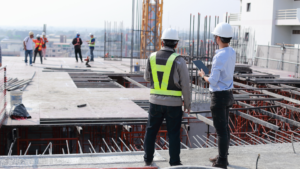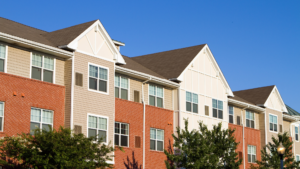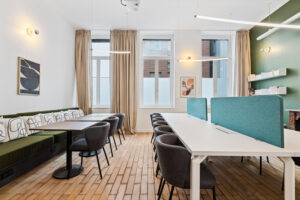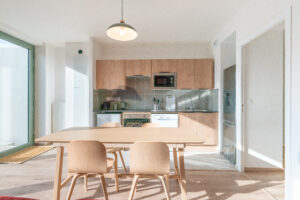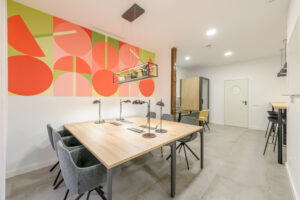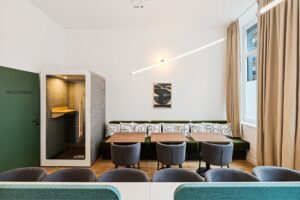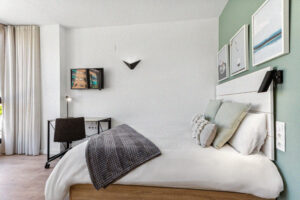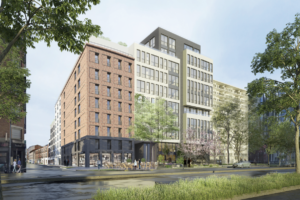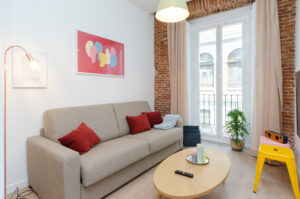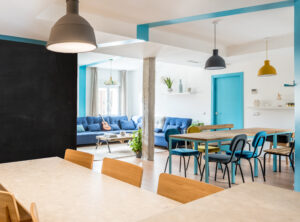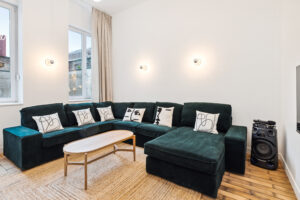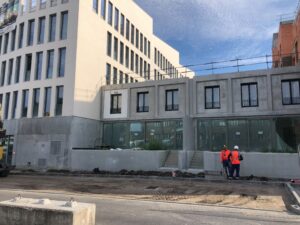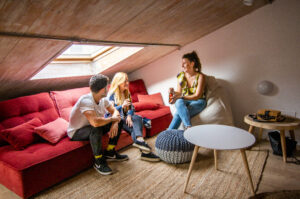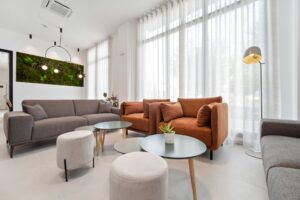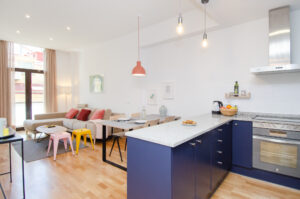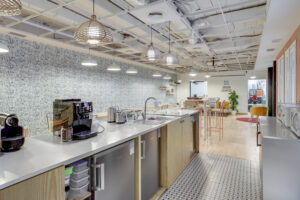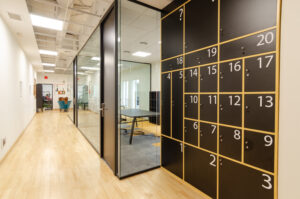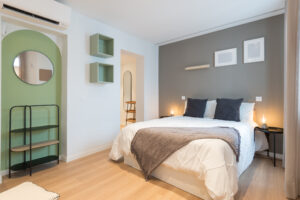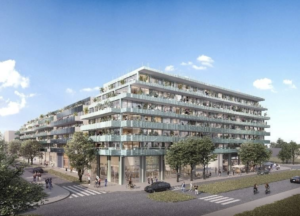September 24th, 2024
- Urban Campus announces the opening of the Sainte-Anne, Marseille Multifamily Complex in November 2024. This marks a major expansion into the Build-to-Rent market.
- The complex features 80 diverse units and includes amenities like a fitness room, coworking area, event room, and terraces with seaside views.
- Located near Plage du Prado and Parc Borély, the complex merges natural beauty with urban living. The building emphasizes sustainability with NF Habitat Certification and a Bronze Level BDM label.
- The project represents the beginning of Urban Campus’s expansion into multifamily and BTR solutions aimed at a wider demographic, with more projects planned across France and Spain.
Sainte-Anne, Marseille Multifamily Complex
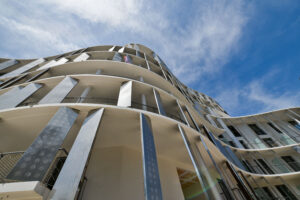
We are over the moon to announce the upcoming opening of our first Build-to-Rent (BTR) Multifamily product, the Sainte-Anne, Marseille Multifamily Complex. Set to open its doors in November 2024, this launch marks the start of our significant expansion into the BTR market. This building will also be our first venture into the city of Marseille, bringing our core values of quality living, community and convenience to the famous French city.
Expansion into Marseille

Our debut in Marseille is just a few months away, and we are counting down the days!
The Sainte-Anne Multifamily Complex offers 80 units with four distinct rental typologies. This residence not only provides a variety of living options – from cozier studios to more spacious apartments – but also has the addition of key community common spaces. These spaces include:
- Fitness room
- Multipurpose event room
- Coworking Area
- Movie Room
- Expansive common terraces with stunning seaside views
- In-building laundry
- On-site parking
Additionally, each unit in our features a private balcony, allowing all residents to enjoy the stunning exterior and fresh Mediterranean air.
The Sainte-Anne Neighborhood

Located in the heart of Marseille’s Sainte-Anne district, our new Multifamily Complex is just steps away from the sea and Plage du Prado beach. The residence is also near Parc Borély, filled with wide green spaces and a peaceful lake. This prime location offers the best of both nature and city living, surrounded by lively markets, cafes, and restaurants that feature delicious Mediterranean cuisine.
Transportation options are also plentiful, making it easy to get around Marseille and beyond. The Sainte-Anne complex is close to the Sainte-Marguerite Dromel metro station on Line 2, which goes directly to the city center. There are also several bus routes, bike lanes and major roads like Prado Avenue and the A50 motorway which make for easy commuting. The Sainte-Anne area is also ideal for families, offering schools, parks, and numerous shops and amenities nearby.
Commitment to Sustainability
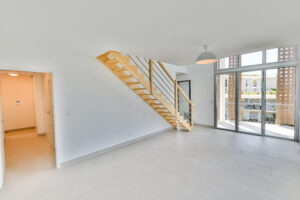
Sustainability continues to be a core value at Urban Campus, and is deeply integrated into the design and operation of the Sainte-Anne Complex. Some of the key elements include:
- NF Habitat Certification: This certification affirms that the building adheres to stringent environmental sustainability, quality, and safety standards. This includes enhanced air quality, energy efficiency, and the use of eco-friendly materials, providing residents with a superior quality of life and peace of mind.
- Label Bâtiment Durable Méditerranéen (BDM) Bronze Level: This label is awarded to buildings that effectively integrate with the unique Mediterranean climate. It covers aspects such as energy efficiency, use of local materials, and low environmental impact construction processes. The Bronze Level indicates compliance with basic standards set for eco-friendly and sustainable building practices in the region.
- Pompe à Chaleur (Heat Pump): This eco-friendly heating system significantly reduces a building’s energy consumption by efficiently transferring heat rather than generating it through combustion. It operates on electricity and can draw heat from the air, ground, or water, making it versatile for different environmental conditions. This system not only lowers utility bills but also reduces the building’s overall carbon footprint.
New Frontiers at Urban Campus
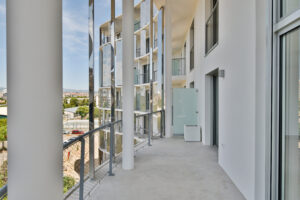
The Sainte-Anne, Marseille Multifamily Complex is just the beginning of our journey into BTR and multifamily solutions. This new product allows us to extend the Urban Campus experience to a broader demographic, including urban families alongside the young professionals traditionally served by our coliving spaces.
As we continue to expand, we are committed to developing a broad range of innovative housing solutions that cater to diverse needs. This strategic expansion signifies our dedication to reshaping urban living and accommodating the evolving demands of modern city dwellers.
With several more projects slated to open in the coming months, we are thrilled to continue expanding across both France and Spain and further diversify our products and demographic reach.
Stay tuned to see what’s coming next!

